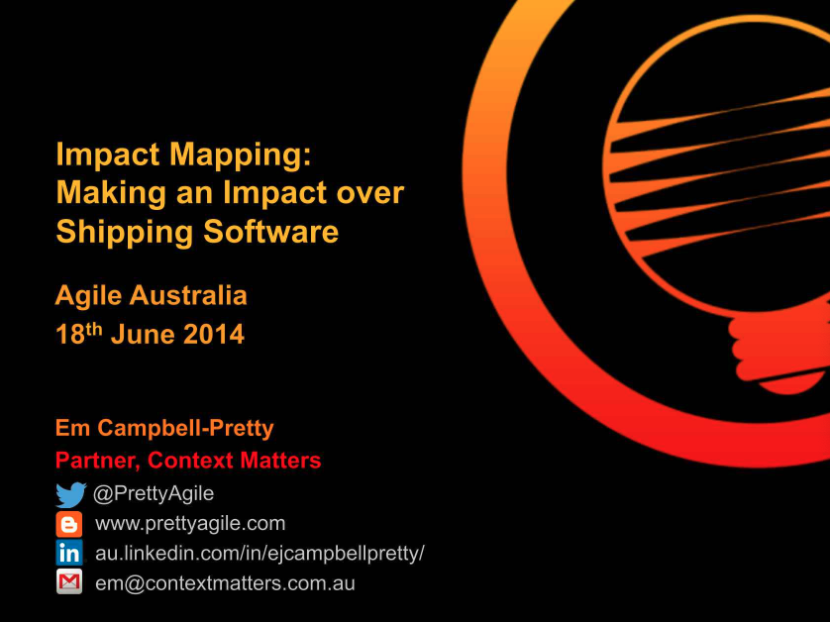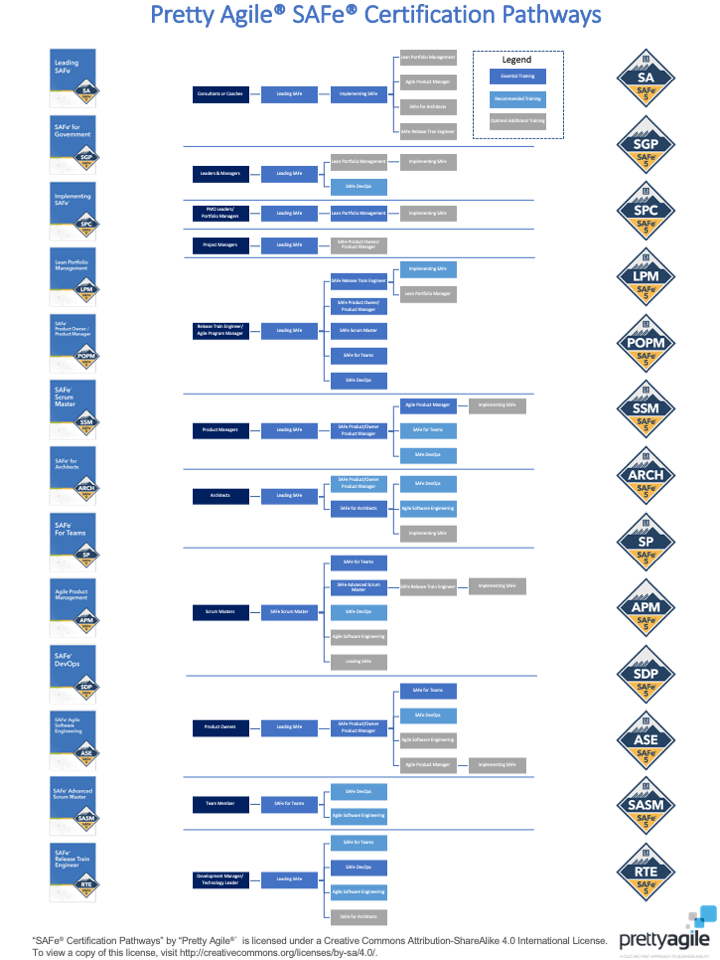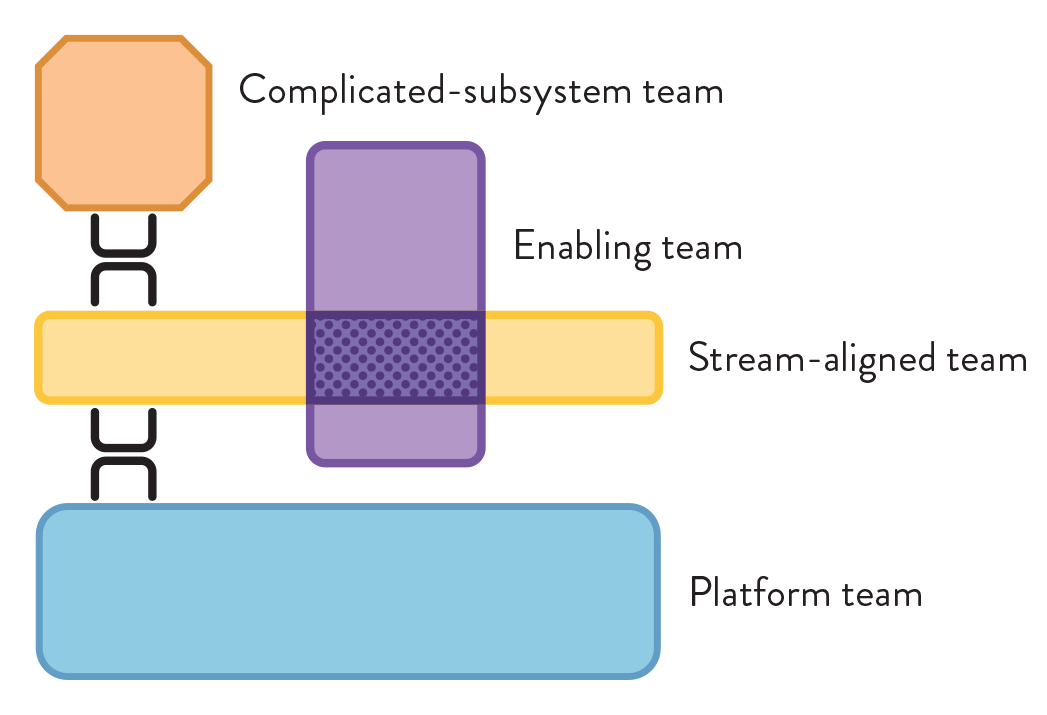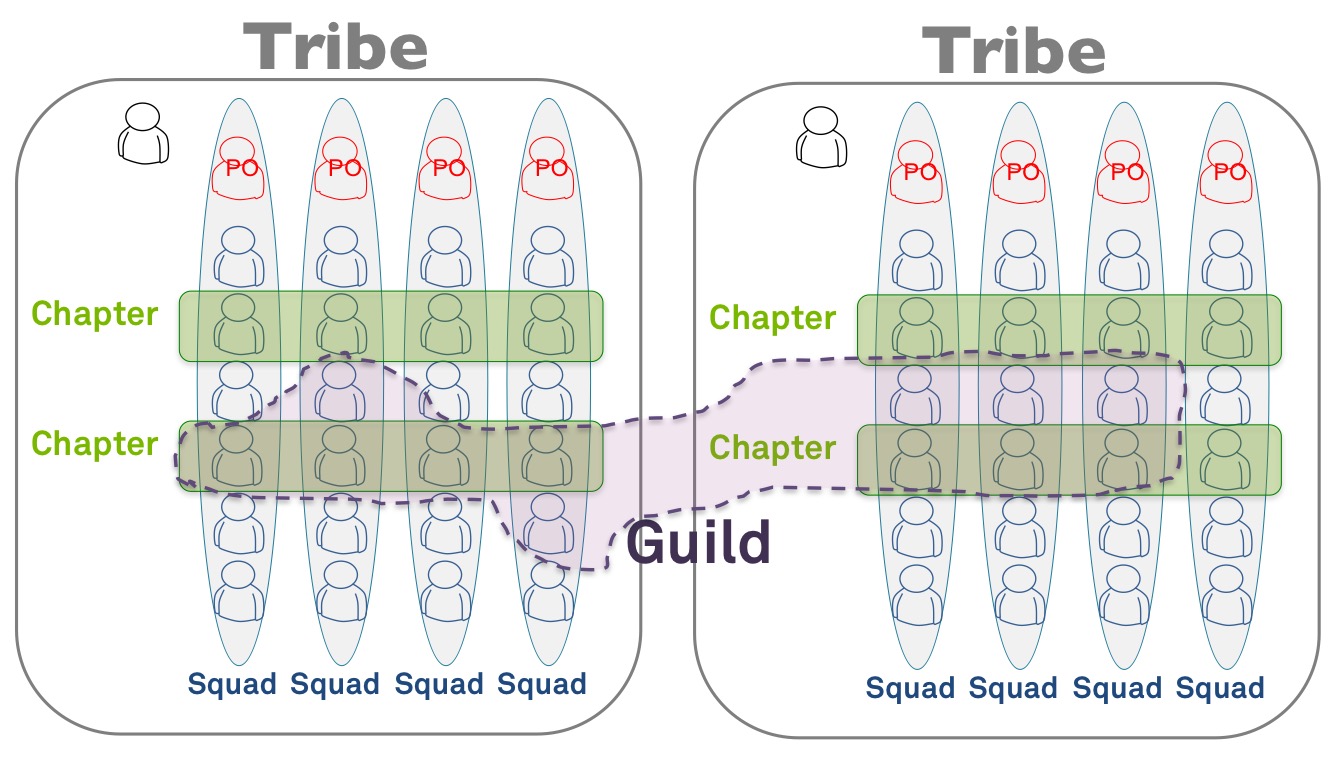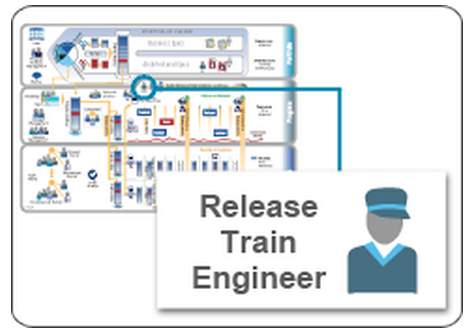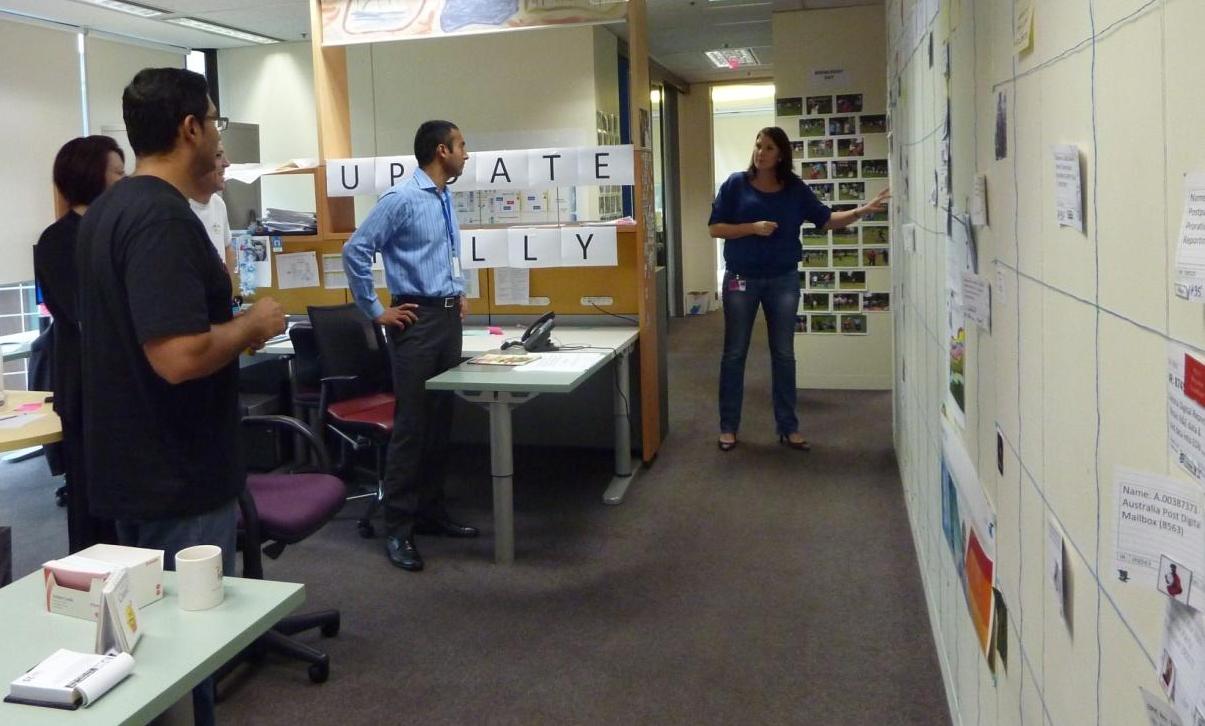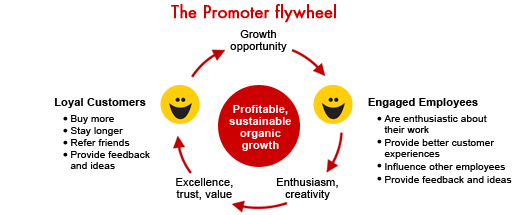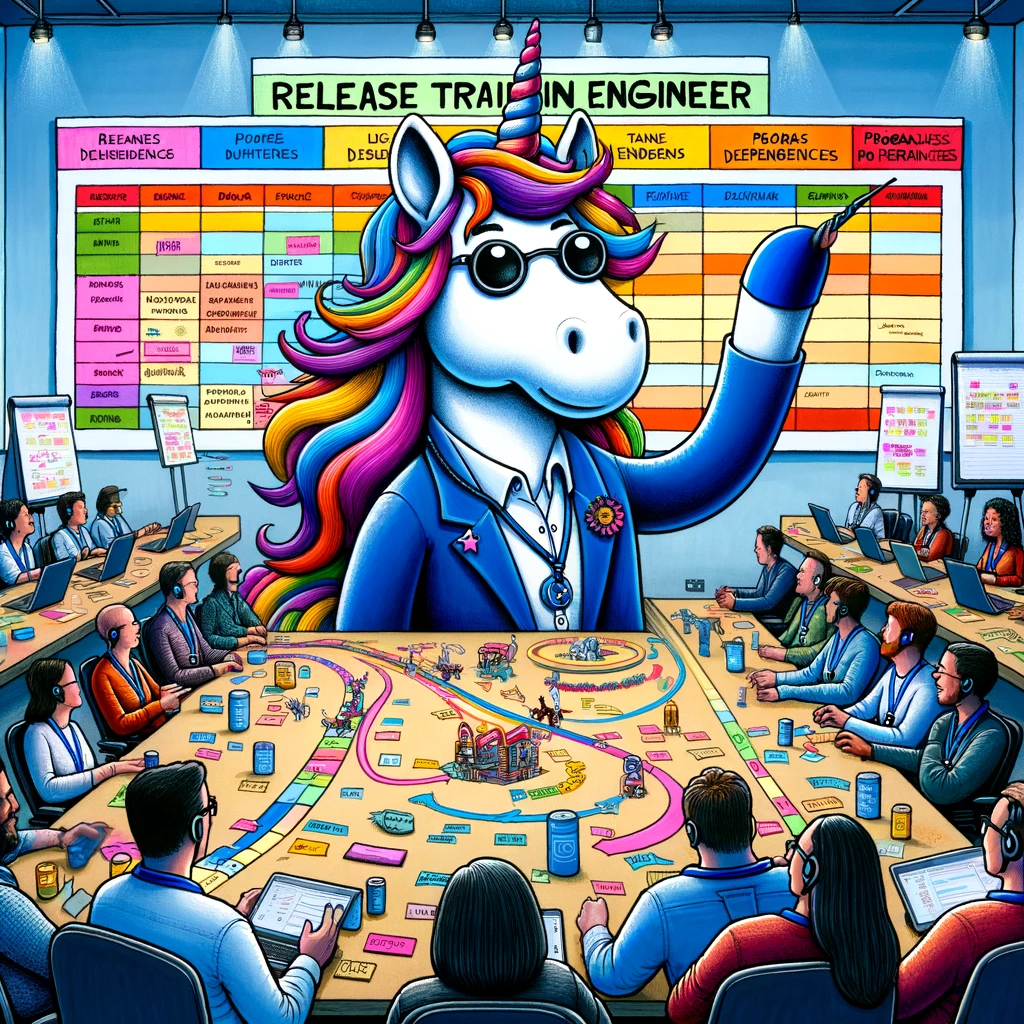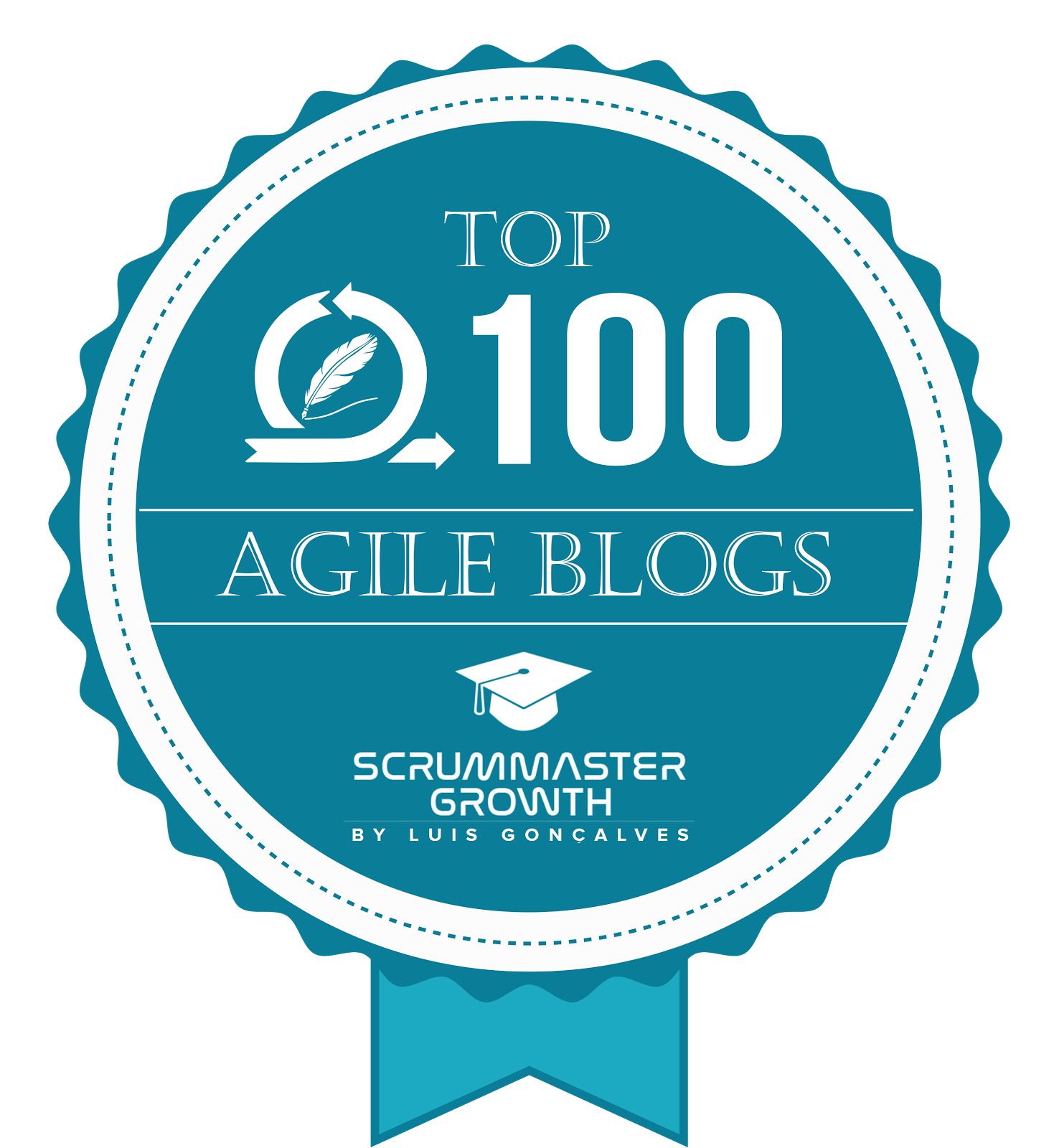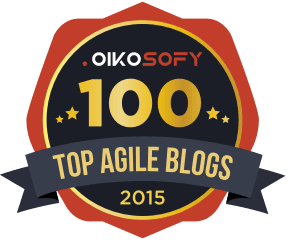- AI-Native Training
- SAFe Training
- Choose a Course
- Public Training Schedule
- SAFe Certifications
- Leading SAFe
- Implementing SAFe
- Advanced SAFe Practice Consultant
- Leading SAFe for Government
- SAFe Lean Portfolio Management
- SAFe Release Train Engineer
- SAFe for Hardware
- SAFe for Architects
- Agile Product Management
- SAFe Scrum Master
- Advanced Scrum Master
- SAFe DevOps
- SAFe Product Owner/Product Manager
- SAFe Agile Software Engineering
- SAFe for Teams
- SAFe Micro-credentials
- Agile HR Training
Can We Use Agile to Build Gas Stations in Space? And Other Cyber-Physical Systems
Agile practices have empirically shown to increase adaptability, reduce lead times, reduce cost, increase quality, and increase employee morale for small software application teams. Scaled Agile expanded these benefits beyond teams to release trains and solution trains with thousands of people.
Robin leverages her 26 years of experience building safety-critical cyber-physical systems from submarines to satellites at Lockheed Martin as a senior technical fellow to explain why there is a need to expand these benefits to large-scale, safety-critical cyber-physical systems with hardware, firmware, and software.
We understand that there is a hesitation in highly regulated environments such as Aerospace, Automotive, Medical, and Energy due to concern that Agile practices conflict with safety regulations. Space is one of the most regulated environments that exist. Robin will present an analysis of NASA Technical Standards based on key inclusion and exclusion criteria to dispel myths that Scaled Agile practices have any conflict with safety regulations in Space.
Robin will present evidence of the principles and practices that increase safety, security, reliability, and availability in large cyber-physical systems. Her results will demonstrate that there is a mission imperative to migrate from a phase gate approach to Scaled Agile to increase safety for stakeholders. In addition, the results from transitioning Orbitfab to from Waterfall to SAFe, a company who are building gas stations in space. These fueling stations are cyber-physical systems that comply with NASA space standards.
The bodies of knowledge that inform this presentation are Scaled Agile, DevOps, Lean, Systems Thinking, Design Thinking, Digital Engineering, and Additive Manufacturing.
Watch this session to learn the:
- Benefits of using Agile to build Cyber-physical systems
- Challenges of using Agile to build Cyber-physical systems
- Key practices to enable Agile when building cyber-physical systems
About Robyn Yeman
Expertise spanning over twenty-five years in software engineering with focus on Digital Engineering, DevSecOps, and Agile building large complex solutions across multiple domains from submarines to satellites. She advocates for continuous learning with multiple certifications including SAFe Fellow, SPCT, CEC, PMP, PMI-ACP, and CSEP. She is a Systems Engineering PhD candidate at Colorado State researching best practices to deliver complex safety critical solutions using Agile and DevSecOps.
She provides mentoring, guidance, coaching support, and conducts training classes for engineering and management teams and customers on Digital Engineering, DevSecOps and Agile tools, process, and methodologies. She has also led several efforts in Agile program execution and continues to lend her expertise on the development of Safety Critical Systems using Digital Engineering, DevSecOps, and Agile techniques and processes on management, schedule, cost, and technical performance.
Robin-Yeman_Can-we-use-Agile-to-Build-Gas-Stations-in-Space Download
Key Points from the Presentation
- Introduction and Background:
- Em introduced Robyn, highlighting her experience and current role as Space Domain Lead.
- Robyn shared her extensive background in building cyber-physical systems and her current PhD work on delivering such systems using Agile and DevOps.
- Orbit Fab's Mission:
- Founded in 2018, Orbit Fab aims to build refuelable satellites to extend their lifespan and reduce orbital debris.
- They successfully fueled the International Space Station and are working on a product called RAFTI (Refuelable Autonomous Fluid Transfer Interface).
- Adopting Agile:
- Orbit Fab adopted Agile to handle the complexities and constant changes in their domain, aiming for faster delivery and higher quality.
- They transitioned to cross-functional teams and implemented practices such as pairing, collaborative planning, timeboxing with one-week sprints, and using digital twins for faster feedback.
- Challenges and Solutions:
- Robyn discussed the unique challenges of applying Agile to hardware and cyber-physical systems, such as the constraints of physicality, compliance with regulatory requirements, and tool integration.
- Solutions included increased modeling during sprints, leveraging lightweight digital twins, and integrating tools like Jira with Microsoft Project.
- Outcomes and Benefits:
- The transition to Agile resulted in higher customer confidence, improved team morale, and better predictability.
- The Orbit Fab team was able to adapt to changes more efficiently and deliver more transparent and predictable results.
- Q&A Session:
- Robyn answered questions about the size of the team, the duration and process of their Agile transformation, and the specifics of their documentation and compliance practices.
- She emphasized the importance of right-sizing documentation and maintaining compliance packages iteratively.
Robyn concluded by highlighting the potential of Agile in building advanced systems like gas stations in space, and shared that she continues to work with Orbit Fab and other companies to further refine these practices.




